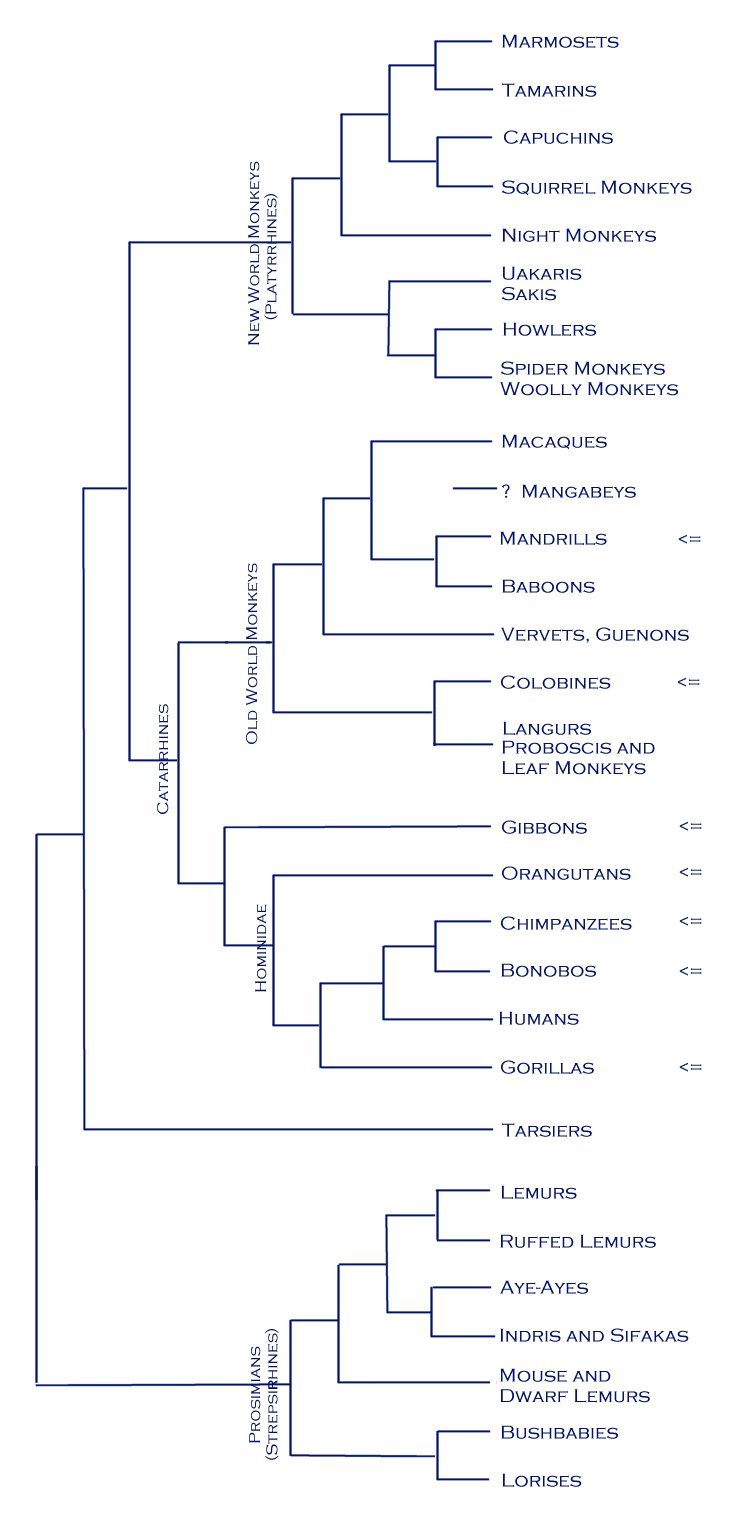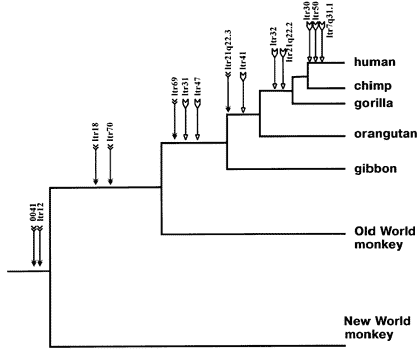
Posted on 11/21/2008 9:27:32 AM PST by GodGunsGuts
Genetic Expression: Same Genes Can Produce Different Results
by Brian Thomas, M.S.*
Genes could be thought of as brick molds, used to construct materials for building the physical structures of living organisms. They carry the codes to help make proteins, which then make up different cells that are combined together to form mega-structures called tissues. New research has shed more light on how genes are used by cells to build the different tissues needed by complex living creatures.
Genes—which make up a very small fraction of DNA—were thought to be the central genetic features that drive cell function and embryonic development. New evidence shows that non-gene DNA is almost fully used in cells, and that there is coded information (but not genes) in the cell that manages which genes are expressed, when, and how often.1
In 2005, a landmark study found that certain very similar human and chimpanzee genes differ in sequence by an average of 4.4 percent.2 Evolutionary scientists believe that the percentage of shared gene sequences between chimps and people supports the hypothesis that they have a common biological ancestor.
But in a recent study published in the November 11, 2008, issue of Developmental Cell, researchers discovered that when different tissues within kidneys are formed in the womb, the dividing cells do not use different genes to produce the distinct building “bricks” that are needed for each kind of tissue!3 Lead author Eric Brunskill summarized that “almost all of the genes are expressed in the different parts but at varied levels.”4
Thus, the same genes were used to make quite different structures. As an example, bricks that come from the same mold may be similar or even identical, but they can be variously arranged to build a house, a patio, or a sidewalk. Likewise, even if certain genes are identical between two kinds of creatures—i.e., humans and chimps—it’s the expression and arrangement of those gene products that determine what tissues are produced.
Since different features can be built using the same genes, some of the similarities between chimp and human genes carry less relevance for an evolutionary interpretation of origins. The assumption that people are evolutionary relatives of chimps because they share similar genes is invalid for at least two reasons. First, even though research has found that a 4.4 percent average difference in sequence exists between the similar genes, there are in fact many distinct genes that humans have and chimps do not, and vice versa. Second, there is a large percentage of the two separate genomes that have not yet been correlated, and it is likely that significant non-gene sequence differences will become known—just as one recent study discovered.5
Even with the same or almost the same genes, many differences between apes and humans exist because the genes are “unpacked” differently during development. To make the story of human evolution plausible, its proponents need to demonstrate not only a natural mechanism that generates new complete genes from scratch, but another natural mechanism that generates the precise and effective gene unfolding programs that are known to produce distinct cells, tissues, organs, and organisms.
References
The ENCODE Project Consortium. 2007. Identification and analysis of functional elements in 1% of the human genome by the ENCODE pilot project. Nature. 447: 799-816.
The Chimpanzee Sequencing and Analysis Consortium. 2005. Initial sequence of the chimpanzee genome and comparison with the human genome. Nature. 437 (7055): 77.
Brunskill, E. W. et al. 2008. Atlas of Gene Expression in the Developing Kidney at Microanatomic Resolution. Developmental Cell. 15 (5): 781-791.
Genetic Blueprint Revealed for Kidney Design and Formation. Cincinnati Children’s Hospital Medical Center press release, November 10, 2008.
Perry, G. H. et al. 2008. Copy Number Variation and Evolution in Humans and Chimpanzees. Genome Research. 18 (11): 1703.
Complete BS. It’s a logical impossibility. Where do you find this stuff? Are you still pushing Haeckel’s drawings as well?
Please come to grips with reality GGG. Chimps and humans are more closely related in terms of DNA than either is related to a gorilla.
As for where I find this stuff; it is common knowledge and has been for over a decade, you find it in every phylogeny created using DNA that reconstructs primate lineages, and my source for the quote was “ScienceNews”.
Every analysis shows the same thing, the thing you claim is a logical impossibility, humans and chimps are closer to each other than either is to a gorilla.
Once again you betray an abject ignorance of the data you claim is supportive of Creationism. How can anyone take your claim seriously when you are completely ignorant of the relevant data?
http://www.sciencedaily.com/releases/2003/05/030521092615.htm
“Genetically, however, chimpanzees are more closely related to humans than they are to gorillas.”
Maybe if you explain to them that it is a “logical impossibility” they will discount the clear sequence data that shows it to be the case.
I will look into it. But I bet you dollars to donuts that my Creationist intuition is correct, and that by the time I am finished looking into the matter your “chimps are closer to humans than apes” fairytale goes up in smoke in the same way as all the other evolutionary pronouncements you have made so far.
Logical impossibility!!! The data spits on your ‘logical impossibility’.
Once again God shows HE has an amazing sense of humor. It is like the entire universe is “designed” to confound Creationists asinine claims of “logic” and “logical impossibilities”.

Once again you show that you have not rejected the data out of understanding it, you reject first and understood not at all. ERV data clearly shows the nested hierarchy that chimps and humans are more similar to the other than either is to a gorilla.
And I guess when I say ‘nested hierarchy’ all you think is ‘Russian doll’?
LOL!

>What??? You mean God is the Creator of all life???
Sure looks that way. And may I say that he did a GREAT job on the self-modifying, self-repairing, replicating DNA code He’s given humanity!
There is no such thing as an athiest. They (athiests) are just in denial.
You are correct that the theory of evolution is a theory, and that it can't be proven. In science, no theory can be proven. But it can be supported by existing evidence, and it can successfully make predictions. These are two of the requirements for a theory in science. The theory of evolution has withstood 150 years of attacks from religion and thousands of new discoveries made by scientists, and is stronger than ever.
Creationism is not a scientific theory in spite of what some may choose to believe. It lacks the elements of a scientific theory, and does not follow the scientific method. It is a religious belief.
Disclaimer: Opinions posted on Free Republic are those of the individual posters and do not necessarily represent the opinion of Free Republic or its management. All materials posted herein are protected by copyright law and the exemption for fair use of copyrighted works.